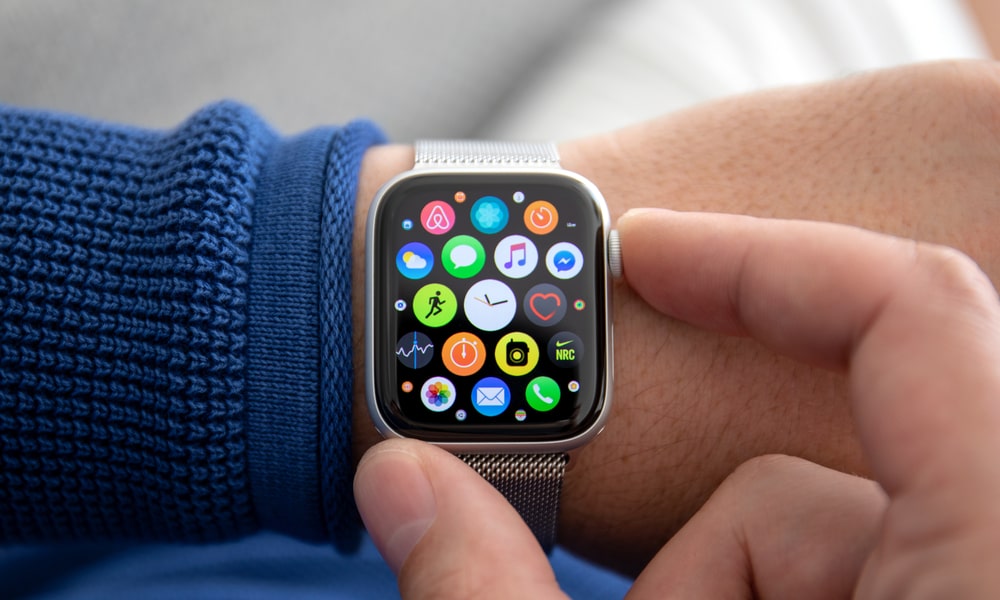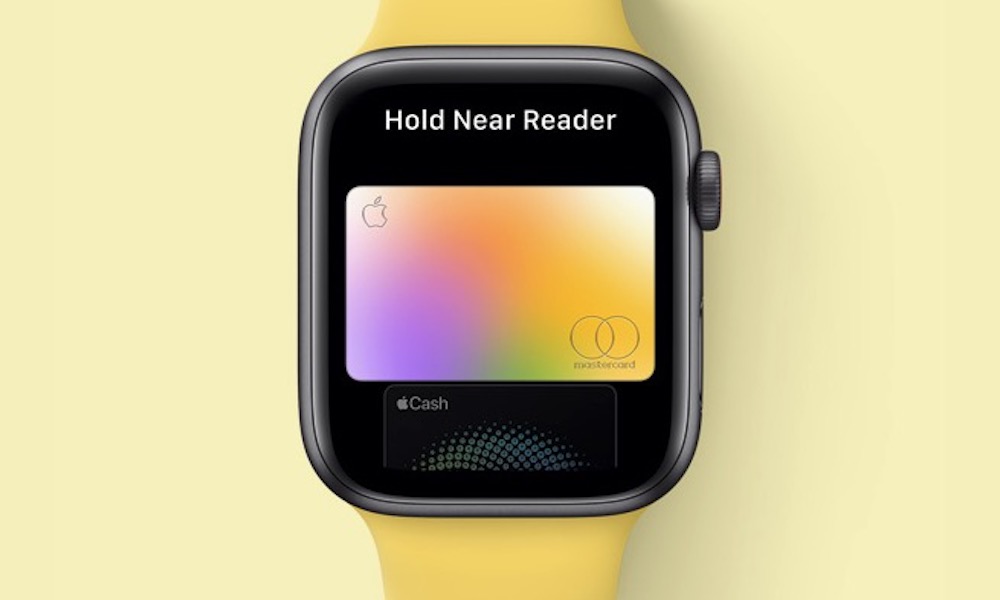Touch ID on the Apple Watch? New Code Shows It Could Happen
 DenPhotos / Shutterstock
DenPhotos / Shutterstock
Toggle Dark Mode
The release of the iPhone 16e earlier this year finally brought Face ID to Apple’s most affordable iPhone, effectively spelling the end of Touch ID for the family. However, new internal developer code reveals that the feature could see a return on an even smaller device: a future Apple Watch.
Of course, Touch ID is far from dead. It’s still used across nearly the entire iPad and Mac lineup. Only the iPad Pro has a Face ID sensor, and Apple has yet to equip any of its Macs with the facial recognition technology. Still, this kind of biometric authentication on an Apple Watch would be an entirely new development, and would make it the smallest Apple device ever to feature a Touch ID sensor.
The code snippets pointing to Touch ID were first discovered by Filipe Esposito of Macworld and later confirmed by MacRumors. The code refers to 2026 models of the Apple Watch and mentions support for “AppleMesa” — the internal codename Apple has long used for Touch ID.
As it exists right now, the code is very preliminary, intended for internal use by prototype devices. There’s no evidence that it’s coming to this year’s Apple Watch models, which isn’t surprising, as we’d likely have heard rumors on the hardware side by now if it were. In fact, there are good indicators that it’s not on the table for this year, as there are no references to Touch ID drivers for the upcoming models, which would be fundamental to supporting the AppleMesa framework.
There’s also nothing in the code that hints at what form Touch ID would take on the Apple Watch. Apple has patented multiple approaches for Touch ID on the Apple Watch, including placing the sensor in the display, on the side button, and even on the underside of the Apple Watch. Still, it’s important to remember that most patents never turn into real products.
While an under-display fingerprint sensor seems like the coolest possible implementation, there’s no reason to believe Apple will take this approach. It’s reportedly been working on iPhone under-display fingerprint sensors for years, but has yet to come up with anything it’s chosen to implement, even as an alternative to Face ID. Cramming that technology into an Apple Watch-sized display would likely be an even bigger challenge.
A Touch ID on the underside is an interesting idea, but not all that practical. The Apple Watch already supports Wrist Detection, so the theory goes that users could authenticate with Touch ID before putting the watch on, but that seems like an over-engineered design for relatively little benefit. Sure, typing in your passcode when you put your Apple Watch on is cumbersome, but Apple has already addressed some of that with the ability to unlock your Apple Watch from your paired iPhone. More significantly, the main benefit of adding Touch ID to the wearable would be to provide extra security that goes beyond the existing Wrist Detection feature.
The most likely scenario is for Apple to put the sensor on either the side button or the Digital Crown, similar to what it’s done with the iPad. This would be more intuitive, as it’s something you’d likely be pressing anyway when accessing Touch ID-authenticated features. For example, Apple Pay already requires a double-tap of the side button to bring up your payment cards.
Esposito also found another interesting tidbit while examining the code that suggests next year’s Apple Watch models will gain another significant processor bump. While Apple increments the number of its S-series chips each year, most of them are just repackaged versions of the same silicon.
For example, the Series 6 through Series 8 models all used distinct S6, S7, and S8 chips, but the underlying architecture was the same T8301 silicon, so there were no meaningful performance improvements. The S9 in the Apple Watch Series 9 and Ultra 2 got a significant spec bump, moving to a newer T8310 architecture with an improved neural engine to power features like Double Tap and on-device Siri processing. However, the Apple Watch Series 10’s S10 chip still uses the T8310 under the hood, and the S11 is expected to follow suit.
On the other hand, the code shows that the Apple Watch Series 12 and its kin will move to a newer T8320 chip. That probably shouldn’t surprise us, as it would be right on schedule, but it does hint that we’ll see some additional improvements in watchOS 27 that will take advantage of the increased processing power.
[The information provided in this article has NOT been confirmed by Apple and may be speculation. Provided details may not be factual. Take all rumors, tech or otherwise, with a grain of salt.]









